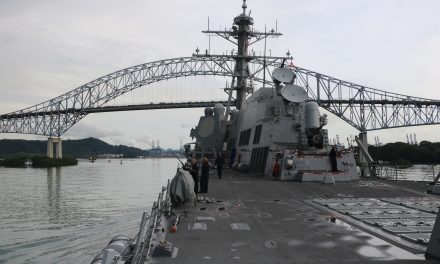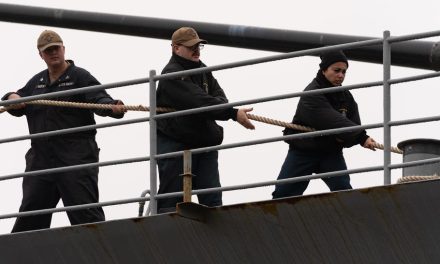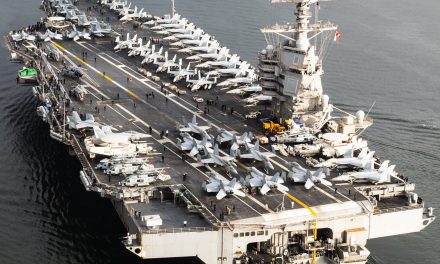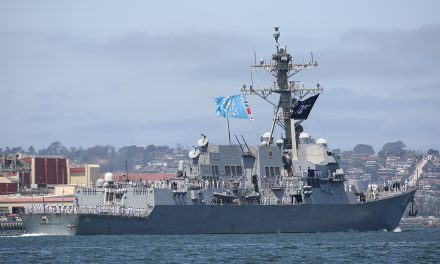In the warm blue waters off Venezuela, a strange little showdown has unfolded: a battered Russian-linked oil tanker inching toward shore… and a U.S. Navy destroyer quietly sliding into its way like a bouncer blocking a bar door.
The ship is called the Seahorse. On paper, it’s a Cameroon-flagged tanker. Yesterday, it might have been Comoros. Before that, Liberia. That’s how these things work: when you’re part of Russia’s shadowy tanker network, you change flags the way a con man changes shirts.
What matters is what the Seahorse is carrying — naphtha, a light, gasoline-like liquid. Unlike crude oil, naphtha isn’t used for powering cars or planes. It’s used to thin out Venezuela’s ultra-heavy crude so it can be pumped, shipped, and sold. Without naphtha, Venezuela’s thick oil is basically tar in a hole.
This is the irony: Venezuela is one of the most oil-rich places on Earth, sitting on more crude than Saudi Arabia. But decades of mismanagement and corruption have left its refineries falling apart. The country can’t produce enough of its own light products, so it has to import the very liquids it needs to move its own oil. No naphtha, no exports. No exports, no money.
And that’s why the Seahorse was trying to sneak in.
Earlier this week, the tanker left Cuba and made a run south toward Venezuela’s refinery hub near Puerto La Cruz. But the U.S. destroyer USS Stockdale happened to be in the neighborhood — part of the stepped-up Navy presence in the Caribbean. Stockdale didn’t fire a shot. Didn’t launch a boarding team. Didn’t do anything dramatic at all.
She simply put herself in the way.
That was enough.
 AIS tracking — the ship-locator signals commercial vessels must broadcast — shows the Seahorse suddenly turning away. She tried again. And again. Each time, the destroyer shifted its position just enough to make her back off.
AIS tracking — the ship-locator signals commercial vessels must broadcast — shows the Seahorse suddenly turning away. She tried again. And again. Each time, the destroyer shifted its position just enough to make her back off.
Now the tanker sits north of Puerto Píritu, dead in the water, “awaiting orders” — which is shipping-code for nobody wants to make the next decision.
For Venezuela, that pause is a real problem. No incoming naphtha means heavy crude can’t flow. Tank farms slow down. Revenues drop. And for a government already scraping the bottom of the barrel, losing one shipment isn’t just an inconvenience — it’s a punch to the ribs.
For Russia, it’s another headache in its attempt to deliver oil products quietly through an aging fleet of second-hand tankers. These ships operate with murky owners, bargain-basement insurance, and crews who know they’re running sanctioned cargo into hostile waters.
For the U.S., it’s a simple show of presence. A destroyer on station is often more powerful than a whole stack of diplomatic notes. The message was clear: Not today.
Some folks like to imagine these things as high-seas clashes. They rarely are. More often it looks exactly like this: one American warship showing up in the right place at the right time, and a shady tanker deciding life is too short to test its luck.
Whether the Seahorse eventually tries a nighttime dash or slinks back to Cuba doesn’t change the bigger picture. Venezuela’s oil wealth means nothing without the chemicals needed to unlock it. And the U.S. Navy just reminded everyone — Russia, Venezuela, and every shadow-fleet captain watching — that it’s still paying attention in the Caribbean.







